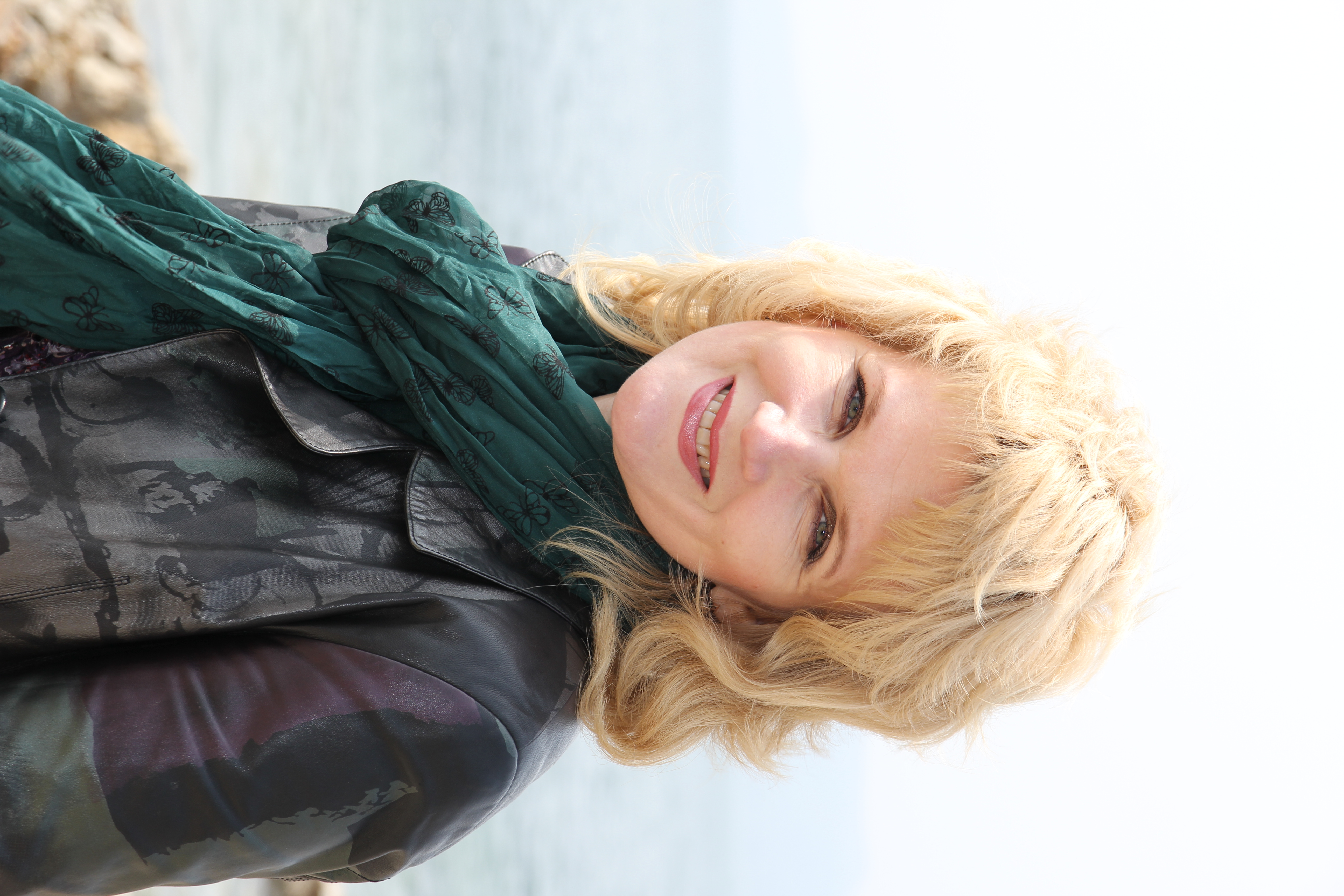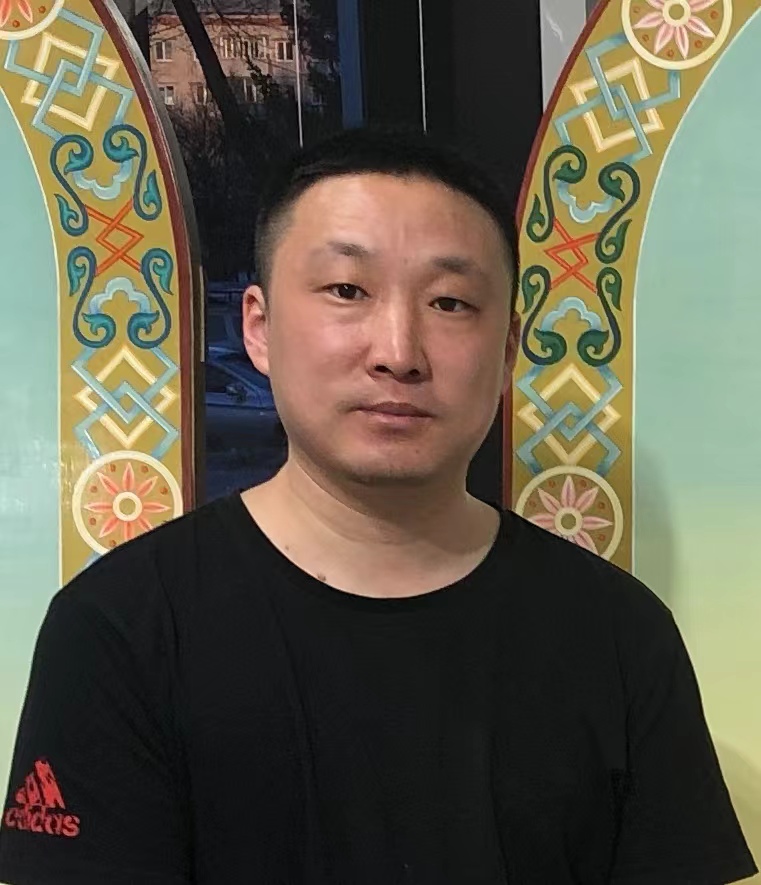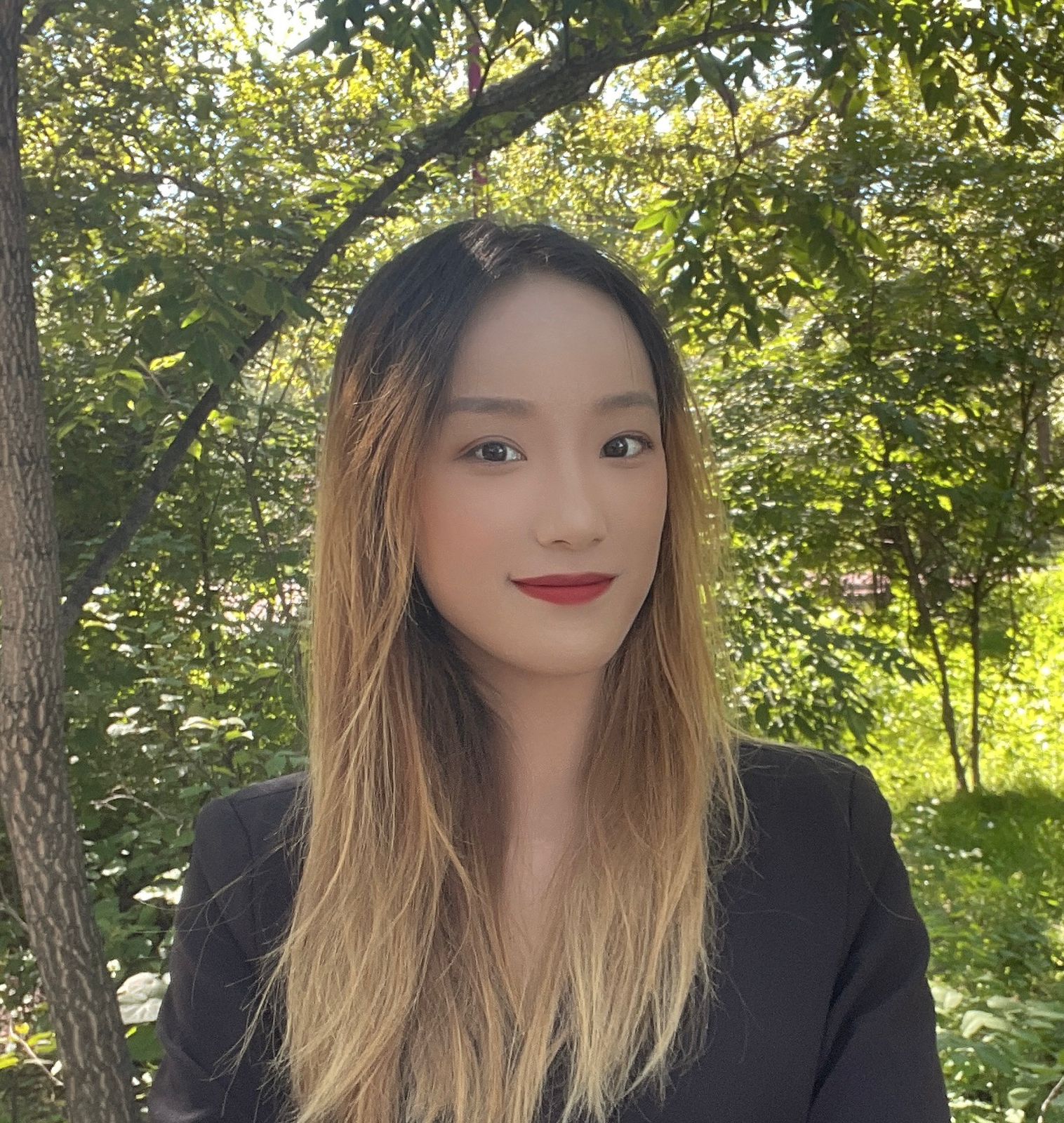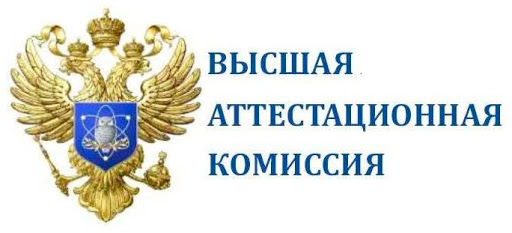This work continues the study of the religious traditions of Chinese labor artels in Manchuria in the mid-19th and early 20th centuries. The previous part focused on the general characteristics of the socio-religious worldview of Chinese art workers, the study of religious traditions and special rituals of “water workers” – fishermen, rafters and pearl fishers. In this article, attention is drawn to the so-called “forest workers” (N.A. Baikov). The authors rely on archival sources, folklore texts, modern Russian and Chinese historical, religious and ethnographic studies. Despite the specialization of trappers (fur hunters, ginseng diggers, gold miners), their activities in the taiga depended on the change of seasons and often flowed from one to another, obeying the Law of the taiga common to all forest workers. The most detailed, vivid and representative, according to the authors, is the system of religious beliefs and practices of ginseng gatherers. It is considered a typological example of patterns of organization in the socio-religious life of Chinese “forest workers”, from the point of view of the pantheon, deification, taboo system, ritualism, and secret language. The authors conclude that the migration processes in the mid-19th and early 20th centuries, which radically changed the ethno-cultural, socio-cultural, and socio-religious image of Manchuria. This led to syncretism between ancient religious beliefs of the inhabitants of the borderlands and rituals and practices of Chinese labor artel representatives. In these territories, rich Chinese tradition of socioreligious organization of crafts, including Confucian, Taoist, and Buddhist elements, is inextricably linked with ancient shamanic practices of the “forest workers”.
Key words: Manchuria, Chinese labor artels, ethnoreligious customs and traditions, ginseng growers, patron gods, religious syncretism, shamanism, ancestral cult, Taiga Law, taboo, deification
DOI: 10.22250/2072-8662-2025-1-53-66
About the authors
 |
Anna A. Zabiyako – Doctor of Philology, Professor, Head of the Department of Literature and World Art Culture, Amur State University; 21 Ignatievskoe shosse, Blagoveschensk, 675027, Russia, This email address is being protected from spambots. You need JavaScript enabled to view it. |
 |
Zhao Haibo – Postgraduate student of the Department of Literature and World Art, Amur State University; 21 Ignatievskoe shosse, Blagoveschensk, 675027, Russia; This email address is being protected from spambots. You need JavaScript enabled to view it. |
 |
Ye Yangyang – postgraduate student of the Department of Literature and World Art, Amur State University; 21 Ignatievskoe shosse, Blagoveschensk, 675027, Russia; This email address is being protected from spambots. You need JavaScript enabled to view it. |






